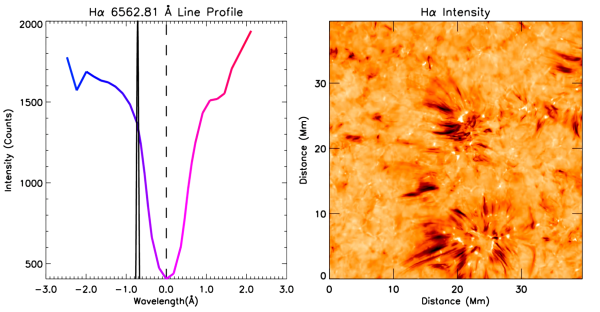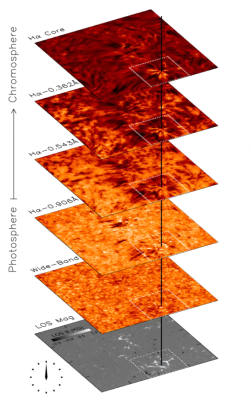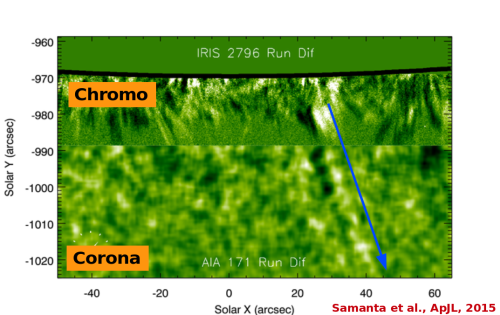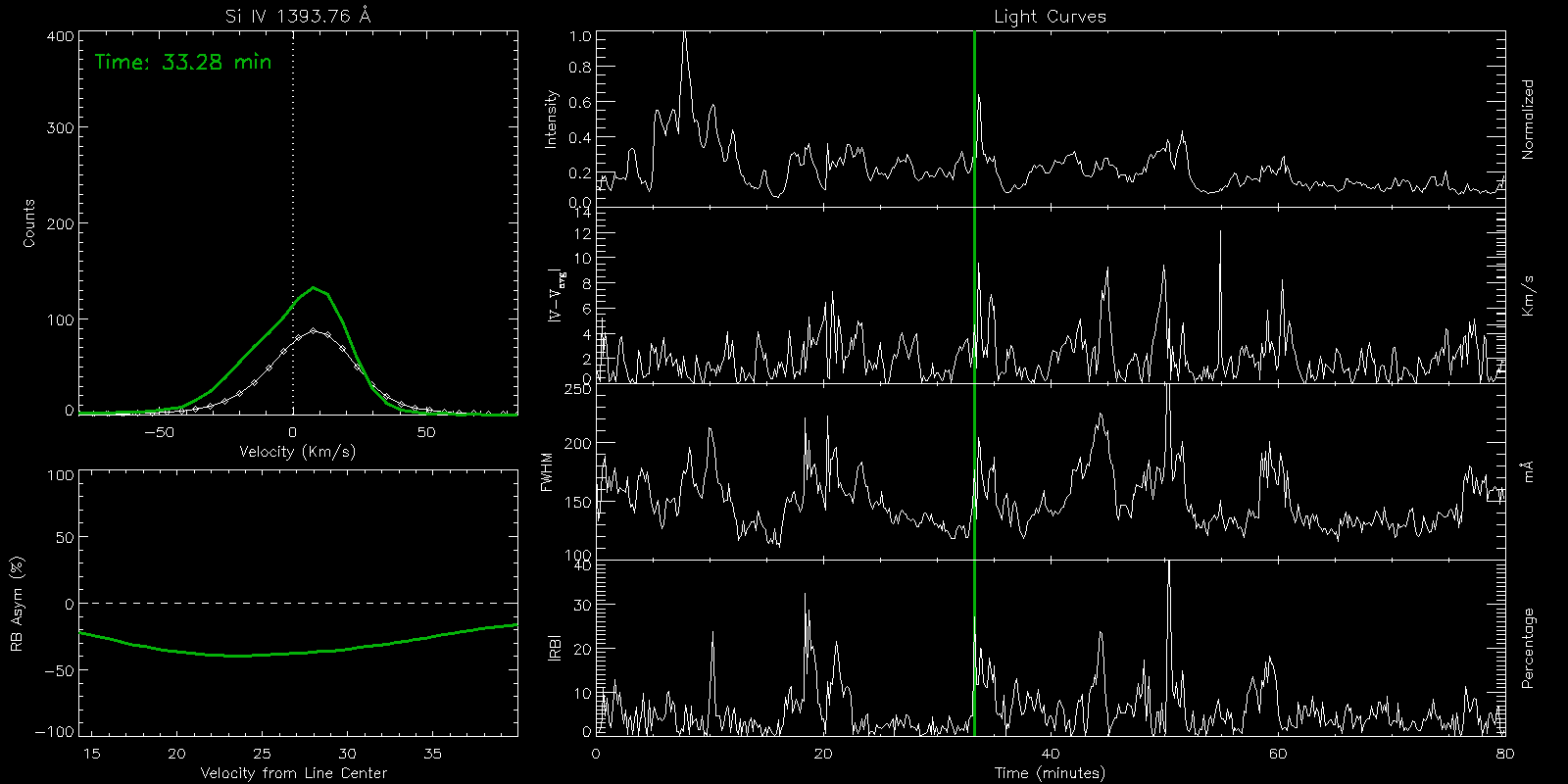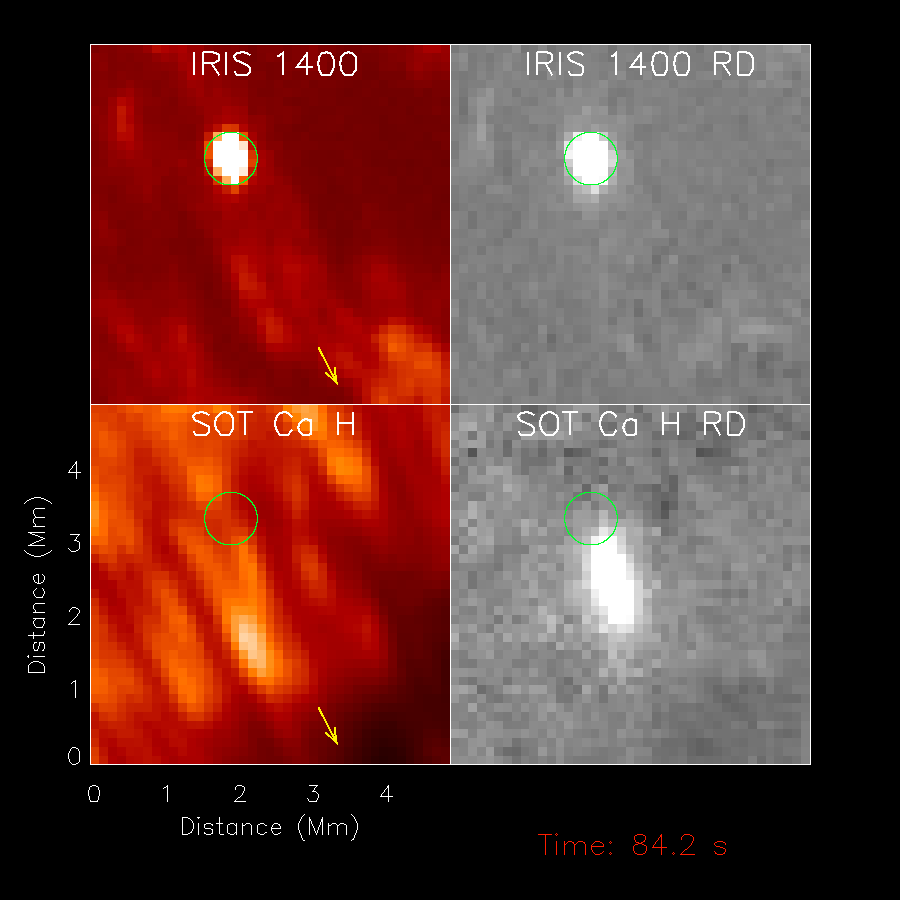"The idea is to try to give all the information to help others to judge the value of your contribution; not just the information that leads to judgment in one particular direction or another." - Richard P. Feynman
Latest work
Latest Movies (Click to Download)
Conferences
• Oral presentation in the IRIS-6: The Chromosphere meeting, held at Stockholm, Sweden, during 20-23 June of 2016.
• Oral presentation in the IBUKS meeting held at KU Leuven, Belgium, during 13-19 June of 2016.
• Oral presentation in the Dynamic Sun I: MHD Waves and Confined Transients in the Magnetised Atmosphere held at the IIT-BHU, Varanasi, India, during 22-26 February of 2016.
• Oral presentation in the 3rd Asia-Pacific Solar Physics Meeting (APSPM:2015), held at the Seoul National University, Seoul, South Korea, during 3-6 November of 2015.
• Oral presentation in the Astronomical Society of India meeting 2016 (ASI:2016), held at Srinagar, Kashmir, India, during 10-13 May of 2016.
• Poster presentation in the Hinode-10 meeting, held at Nagoya University, Nagoya, Japan, during 5-9 September of 2016.
• Poster presentation in the Hinode-9 meeting, held at the Queens University, Belfast, Northern Ireland, UK, during 14-18 September of 2015.
• Poster presentation in the international conference on Coupling and Dynamics of the Solar Atmosphere, held at IUCAA, Pune, India, during 10-14 November of 2014.
• Poster presentation in the India-UK Seminar on Plasma Processes in the Solar and Space Plasma at Diverse Spatio-temporal Scales at ARIES, Nainital, India during 26-28 March of 2014.
• Participated in the India-UK Seminar on solar atmospheric wave studies meeting, held at IIA, Bangalore, India, during 21-23 January, 2013.
• Poster presentation in the Astronomical Society of India meeting 2013 (ASI:2013), held at Thiruvananthapuram, Kerala, India, during 20-22 February, 2013.
• Poster presentation in the Astronomical Society of India meeting 2014 (ASI:2014), held at IISER, Mohali, India, during 20-22 March, 2014.
• Poster presentation in the Astronomical Society of India meeting 2015 (ASI:2015), held at NCRA, Pune, India, during 17-20 February, 2015.
• Participated in the Irish National Astronomical Meeting (INAM:2014), held at Trinity College, Dublin, Ireland during August, 2014.
• Participated in the Indo-German Workshop on Solar Astronomy, held at IIA, Bangalore, India, during 17-18 November, 2014.
• Participated in the India-China workshop on astronomy and astrophysics, held at IIA, Bangalore, India, during 3-5 December, 2014.
Schools & Workshops
• Attended "IRIS-5 workshop", held at IUCAA, Pune, India, during 26-29 October of 2015.
• Attended DWIH Indo-German Winter School on "Solar and Stellar Astrophysics", held at TIFR, Mumbai, India, during 3-8 November of 2014.
• Attended the 'SCOSTEP/ISWI International School on Space Science' held at Sangli, Maharashtra, India during 7-17 November 2016.
Professional Visits
• Visited the National Solar Observatory, NM, USA during 19 February- 2 March, 2014 for observation with the DST using ROSA and IBIS instrument.
• Visited the Queens University, Belfast, Northern Ireland, UK during 6-30 August, 2014 for collaborative exchange work with a SST/CRISP observation.
• Visited the Queens University, Belfast, Northern Ireland, UK during 8-30 September, 2015 for collaborative exchange work and attending Hinode-9 meeting.
• Visited the Katholieke Universiteit Leuven (KU Leuven), Belgium during 13-17 June, 2016 for attending the IBUKS meeting and collaborative exchange work.





